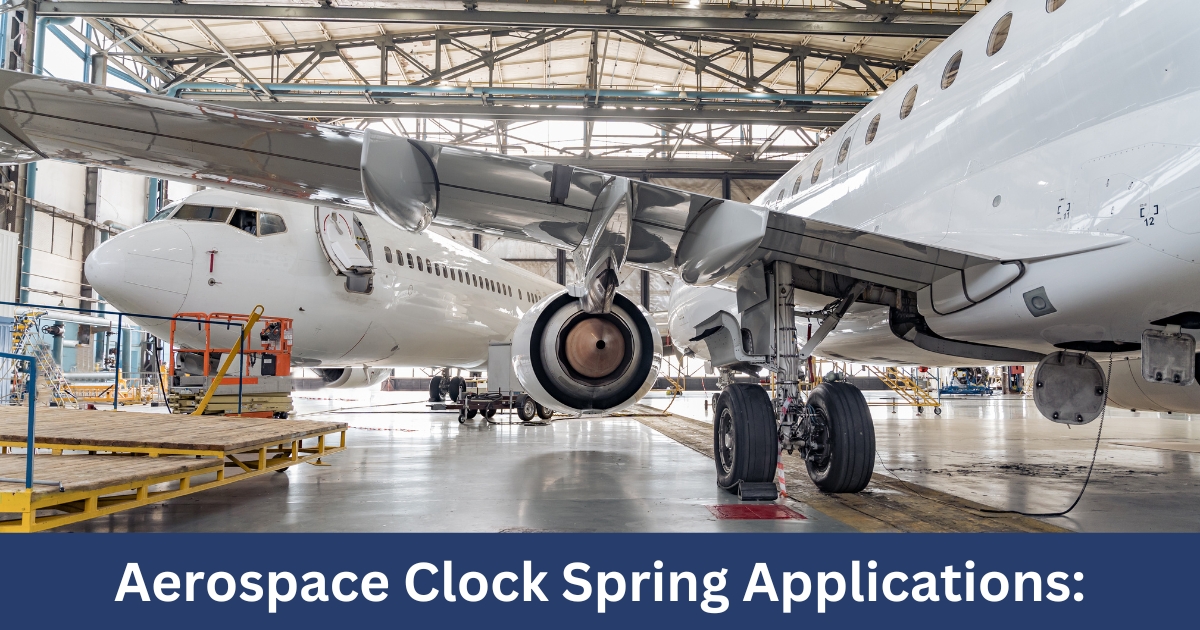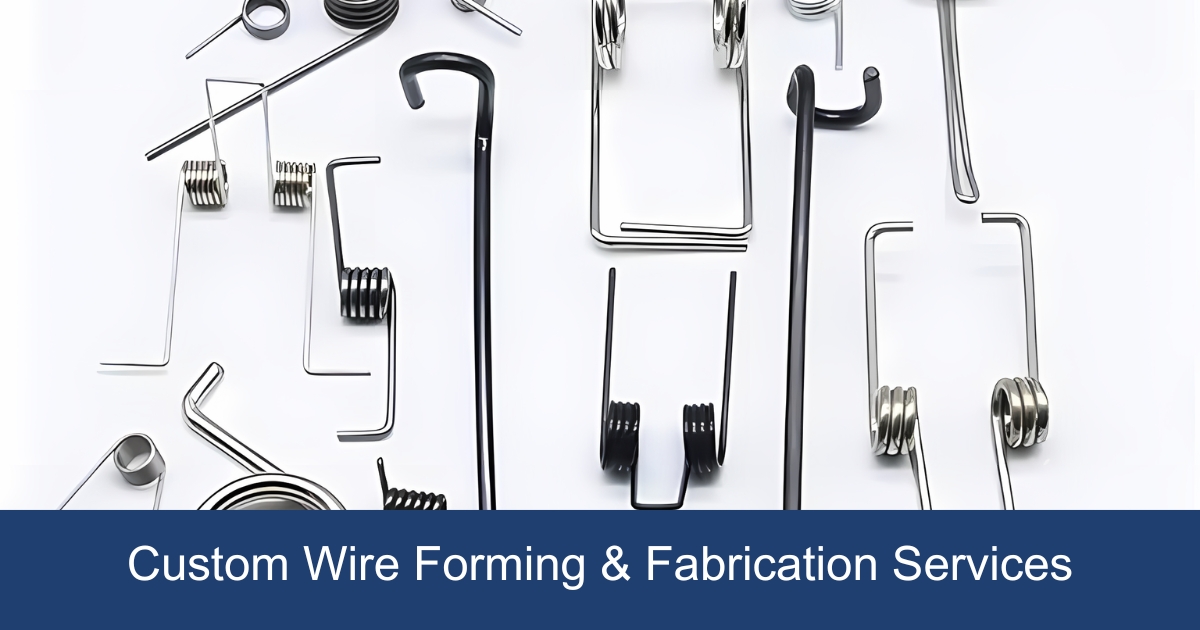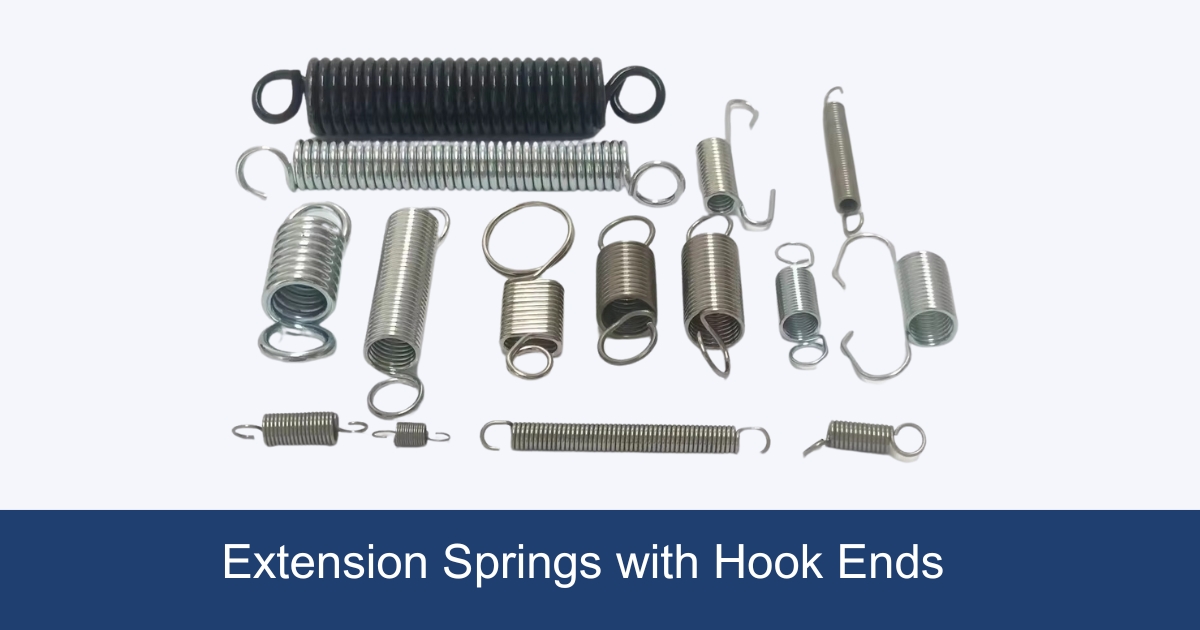Clock springs, also known as power springs or flat-stock springs, are tightly wound mechanical components designed to store and release rotational energy. Made from high-strength flat-stock materials like stainless steel or advanced alloys, these springs are critical in applications requiring precision and reliability. In aerospace, they play a pivotal role in systems where compact energy storage and controlled motion are essential.
Applications of Clock Springs in Aerospace
Clock springs are indispensable in aerospace engineering due to their ability to function in extreme environments. Key applications include:
- Aircraft Control Surfaces: Used in flap and rudder systems to ensure smooth, precise adjustments.
- Landing Gear Systems: Provide consistent torque for retraction and deployment mechanisms.
- Spacecraft Mechanisms: Enable reliable operation of solar panel deployments and antenna positioning in zero-gravity conditions.
Types of Clock Springs Used in Aerospace
Aerospace applications demand specialized springs:
- Compression Springs: Absorb shock in landing gear.
- Torsion Springs: Provide rotational force for control surfaces.
- Helical (Close-Wound) Springs: Store energy efficiently in compact spaces, ideal for satellite components.
| Type | Application | Key Benefit |
|---|---|---|
| Compression | Shock absorption | High load capacity |
| Torsion | Control surface adjustments | Precision torque delivery |
| Helical (Close-Wound) | Satellite mechanisms | Space-efficient energy storage |
Benefits of Using Clock Springs in Aerospace
- Precision: Deliver consistent force for critical adjustments (e.g., throttle systems).
- Reliability: Perform in extreme temperatures and pressures, as noted in Argo Spring’s Mars rover projects.
- Durability: Engineered with high-quality materials to resist corrosion and fatigue.
Custom Manufacturing of Clock Springs
Aerospace projects often require custoomize solutions. Custom clock springs are designed to meet exact specifications for:
- Wire Forms: Complex shapes for unique mechanisms.
- Metal Stamping: High-volume production with tight tolerances.
Expert Insight: “Customization ensures springs integrate seamlessly with other components,” says Dr. Elena Torres, Lead Engineer at Zigoal Spring.
Materials Used in Clock Spring Manufacturing
Advanced materials enhance performance:
- High-Strength Alloys: For weight reduction and corrosion resistance.
- Titanium: Used in spacecraft for its strength-to-weight ratio.
- Beryllium Copper: Ideal for high-cycle applications.
Conclusion
Clock springs are unsung heroes in aerospace, enabling innovations from aircraft controls to interplanetary missions. Their precision, adaptability, and durability make them indispensable. For custom solutions, partnering with experts like Argo Spring ensures mission-critical reliability.
Need aerospace-grade clock springs? Contact us for a quote or consultation.
Frequently Asked Questions
What are the main types of clock springs in aerospace?
Compression, torsion, and helical springs, each suited for specific mechanical needs.
Why are custom clock springs important?
They ensure compatibility with unique aerospace systems and performance under extreme conditions.



